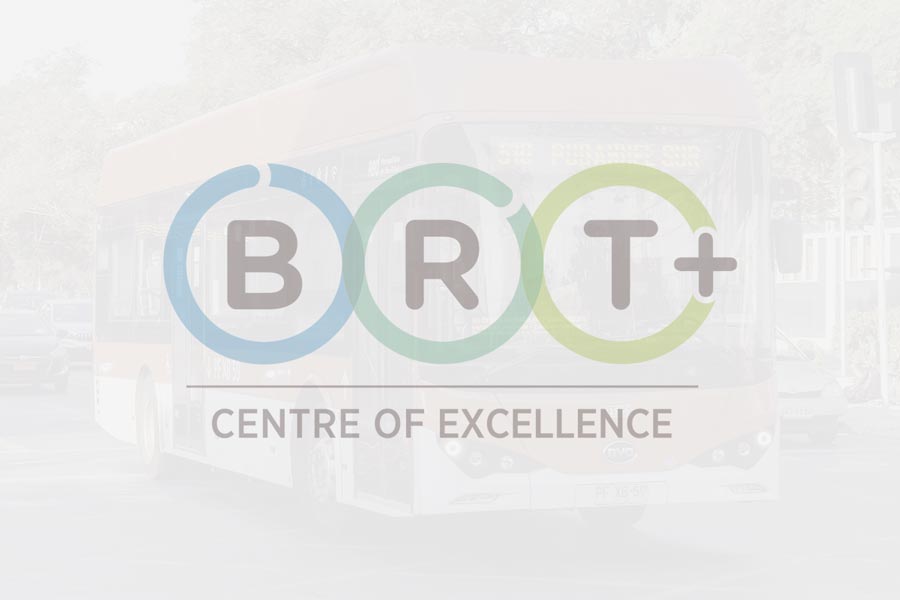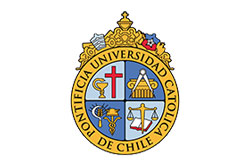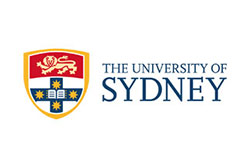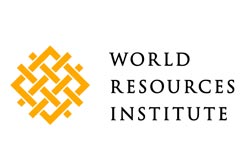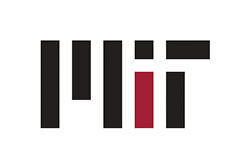Source: E&E Publishing by Nathanial Gronewold
BOGOTA, Colombia — A 10-year public transit project here has fast become a model for developing cities the world over. But could it next be the model for a major expansion in international carbon offsetting efforts?
Fully operational from 2001, the TransMilenio service is famous as an ideal bus rapid transit system, an innovation that by some estimates is roughly 1,000 times cheaper than building a subway. The model is now being copied elsewhere in Latin America, Africa, Asia and even the United States.
Less well-known, TransMilenio was the first public transportation project in the world to win U.N.-approved greenhouse gas emissions offset credits. Developed in tandem with the United Nations’ Clean Development Mechanism (CDM), the methodology for counting the climate change-combating benefits of mass transit was designed with TransMilenio in mind. It is now being adopted by other municipalities eager to trade reduced carbon dioxide emissions for CDM cash.
Alone just a few years ago, TransMilenio is now one of six registered CDM transportation projects, with 36 more in the works. Advocates are hoping that hundreds more will follow, eager as they are to spread the benefits of carbon reductions, cleaner air and smoother commuting in rapidly expanding developing-world cities while simultaneously reducing the dominance of China, India and Brazil in the CDM.
But some say that the slow growth of transportation projects in the CDM shows why one of the best options for diversifying the geographic spread of these international carbon offsetting projects may fail to live up to expectations.
Daunting paperwork needs to be simplified
While some see transportation becoming one of the fastest-growing areas of the CDM, others knowledgeable of Bogota’s experience doubt that such projects will ever expand in number beyond the handful that exist today. The complexity of counting the avoided CO2 from reduced car trips, policed rigidly by U.N. regulators eager to avoid fraud or scandals, is too great for many city governments to bother, they say.
«If you don’t simplify the process, you will have large projects come for it, but they will be a minority of projects,» said Jürg Grütter of Grütter Consulting.
Grütter’s firm helped Bogota with its CDM application and is busy with other projects around the world. It aided with the second successful transportation applicant to the CDM, a bus rapid transit system in Guangzhou, China, and has team members in India, Brazil and Vietnam.
But in an interview, Grütter complained that the hurdles such projects have to go through to win the CDM credits, known as Certified Emission Reductions (CERs), are so numerous that they will never proliferate at the rate that the most optimistic proponents would like.
Aside from the difficulties of proving that projects need the CER income to be viable, the costs and complications from counting and tracking the cuts in CO2 levels attained make it likely that most developers will choose to stay away from the CDM, he and his team believe. Counting emissions reductions from thousands of tailpipes, it turns out, isn’t nearly as straightforward as dealing with a single source.
«When the public sector is involved, they are very fearful of this type of contract,» Grütter said. «It’s much more difficult to define the product and define the quality and to define what you are in fact contracting.»
The operators of the Bogota system themselves, however, are more optimistic that CDM administrators and public transit advocates can find the right balance. The reason, they say, is that every time they host a foreign delegation on a tour of TransMilenio, they are asked in detail how they managed to secure CDM financing for the project.
«That is one of the top presentations that we have,» said Arturo Fernando Rojas Rojas, deputy general manager of TransMilenio, in an interview.
Designated bus lanes unsnarl traffic
With more than 50 miles of designated bus lanes separated from the normal traffic flow, TransMilenio is still the largest bus rapid transit, or BRT, system in the world, though it’s modeled after a much older one in Curitiba, Brazil.
The concept is often called «surface subway» by its proponents.
Using streets freed from passenger vehicles, pre-boarding fare payment systems and transfer stations, bus rapid transit operates very similarly to a rail system but is much less expensive, relying largely on existing infrastructure. Transportation experts say it costs roughly $1 billion to build a mile of below-ground subway track in the United States, whereas costs for bus rapid transit are put close to $1 million per mile.
Commuters say that within the past decade, TransMilenio has managed to tame Bogota’s famously snarled city traffic, especially the notorious congestion on Caracas Avenue. A trip that once took an hour and a half is now estimated to last only 45 minutes using the buses. Green «feeder buses» deliver passengers to the main stations, where they can board the articulated red buses on the physically separated lanes.
To date, Rojas estimates that TransMilenio has earned his public firm about $2.63 million selling CERs, all on a contract with the government of the Netherlands. The money is but a small fraction of the cost of operations, but TransMilenio officials insist that it is money badly needed to finance sustainability efforts and environmental monitoring of their system.
Andres Jara, who runs the Bogota office of the Institute for Transportation and Development Policy (ITDP), said the system has completely transformed his hometown. TransMilenio is now undertaking phase three of its 30-year expansion plan, which the city hopes will eventually include more than 200 miles of designated bus lanes and will incorporate all of the dozens of remaining independent bus operators into one centralized system.
Copycats look for CDM money
«The situation right now in developing countries and developing cities is that we have a lack of resources,» Jara said. «So what we showed with TransMilenio and BRT systems is that you can develop a strong transportation system with high quality, high efficiency, at a fraction of the cost.»
That lesson hasn’t gone unnoticed. Jara estimates that he has traveled to more than 100 countries in the past four years educating city planners on the BRT model, including China, where he aided Guangzhou’s efforts. The idea has since spread to South Africa, India and Indonesia, and new growth is expected in Mexico, Brazil, Argentina and possibly Tanzania.
Like Rojas at TransMilenio, Jara says that all transit planners he has met with expressed interest in tapping the CDM. He says it’s a wise move and he can see transportation CDM projects booming in popularity in the years to come.
«It’s not a lot, but it’s an additional income that is always helpful, useful, if you want to make more research on how you can improve the operation,» Jara said.
The CDM offices in Bonn, Germany, usually require project developers to show that their efforts couldn’t happen without the benefit of the carbon offset credit sales. But that hard requirement, termed «additionality,» has been watered down over the years as developers complain it is too rigid and has stymied the spread of CDM projects to smaller developing nations.
TransMilenio SA officials admit that they don’t need the CER cash to survive. But experts point out that public transportation projects are rarely profitable and almost always rely on significant outside financing for support, a strong argument in favor of CDM support. And much of the cash goes back into the emissions monitoring regime demanded by Bonn regulators.
«There are difficult aspects that we have to bear in mind, and the money helps us to be more sustainable,» Rojas said. «We can in fact work without this extra income. However, this income is very important for us.»
The other potential benefits for cities looking to follow Bogota’s example are numerous.
Cuts in traffic, pollution and crime
By taking cars and dirtier buses off the road, the city estimates, TransMilenio has prevented more than 2 million tons of CO2-equivalent greenhouse gases from entering the atmosphere. The city smog has been reduced, and health officials expect there will be fewer asthma-linked deaths. Residents even report that safety and security have greatly improved — robberies in traffic jams or on the city’s minibuses were common occurrences, so the city combats this with cameras in buses and stations and police patrols.
If future growth plans are rolled out as scheduled, Bogota officials expect further reductions in traffic, air pollution and crime, even as the city’s population expands and cars get cheaper. By 2030, TransMilenio officials say, 100 percent of Bogota’s public transit network will be theirs, cutting the number of total buses from 16,000 on the streets today to just 12,000.
And though he enjoys the CDM income today, Rojas admits that he’s worried about what may happen should nations fail to reach agreement on a new international climate change treaty and extend the life of the carbon offsetting system. The credits should continue to come in for another 10 years, as the European Union will still trade in CERs up to 2020, but beyond that, Rojas said, he will either have to seek out deals in the voluntary carbon market or come up with an alternative solution.
With the December 2012 Kyoto Protocol deadline looming, carbon offsetters will face pressure to get CDM projects registered as soon as possible. But Grütter says the cost and hassle involved in getting all the paperwork sorted out ahead of time will keep developing world public transportation projects from ever becoming as big a part of the CDM as he and others would like.
«If transport is to really play a larger role, you have to simplify the whole procedure quite a lot,» he said. «Very large cities with very large projects, they might go for it. But when you have a huge amount of intermediate cities, between half a million to 1 million, in developing countries, the project itself currently will be too small to warrant all these transaction costs.»
¿Comments? ¿Opinions? ¿Similar News? Send them to us!



